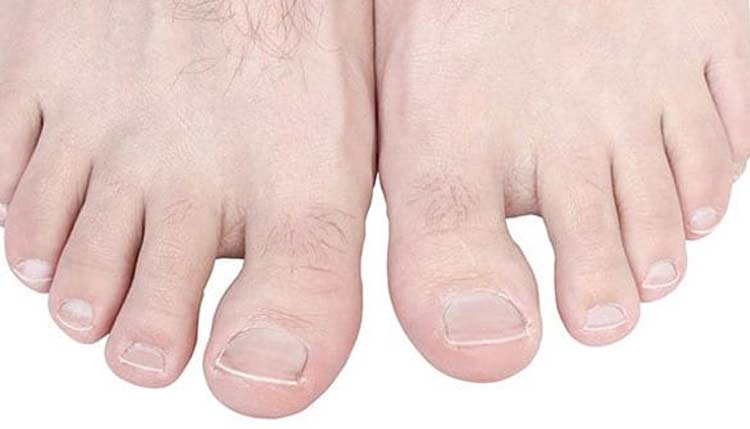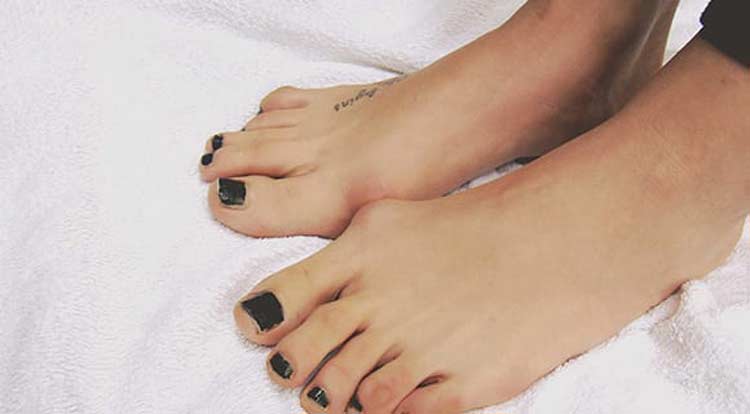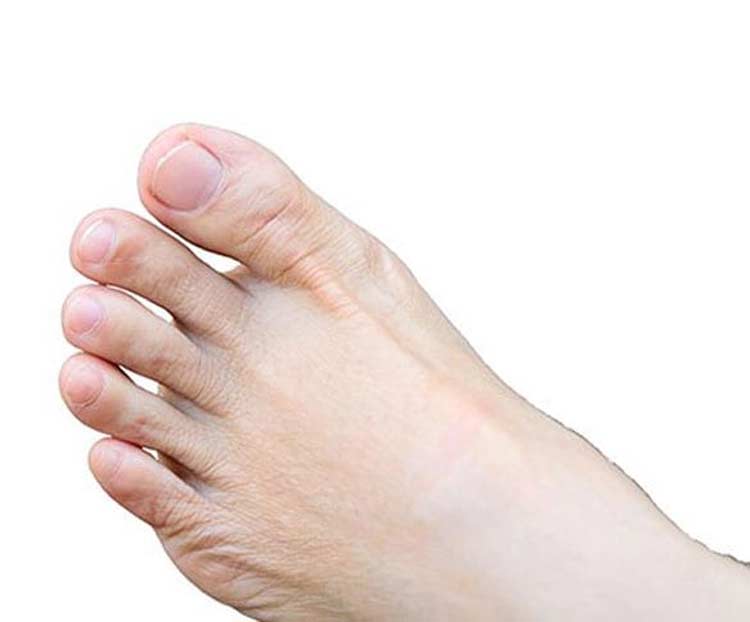
Discover how we can help you find relief from hallux rigidus.
When arthritis involves the feet, it’s usually the big toe that’s affected. If the big toe becomes stiff over time from arthritis, it’s a condition referred to as hallux rigidus, which is actually a form of degenerative arthritis. Patients with this condition are often unable to move their big toe. It’s sometimes mistaken as bunions or similar abnormalities that often affect the big toe.
- It can be problematic for patients since the big toe plays an important role in foot motions, especially when climbing, walking, running, stopping, or standing up from a seated position.
- It’s a progressive condition that may improve with a combination of treatments.
What Causes Hallux Rigidus?
Structural abnormalities of the foot, including those that may be present in individuals with flat feet, can contribute to the development of arthritis that affects the big toe. Hallux rigidus is most commonly associated with osteoarthritis (OA), a wear-and-tear form of arthritis that affects joints.
Individuals with excessive pronation (inward foot motions) of the ankles are also at a higher risk of developing the condition. Since hallux rigidus can be genetic in nature, it may run in families. In some instances, hallux rigidus will develop due to an overuse injury, repetitive stress placed on the big toe, or as a result of a injury. Inflammatory diseases like gout and rheumatoid arthritis (RA) may also contribute to hallux rigidus.


What Are the Symptoms?
Patients with hallux rigidus often report feeling pain or stiffness in the big toe when the condition first develops. This discomfort is usually noticed when performing movements that involve the big toe, such as walking up stairs or attempting to bend down and tie shoes. Some patients may have pain that’s aggravated by more physically demanding activities like jogging, competitive running, or playing sports that involve repetitious foot movements. Hallux rigidus sometimes causes bone spurs to form on the affected toe. As the condition progresses, symptoms may also include:
- Persistent big toe pain that’s felt even when at rest
- Difficulty wearing shoes without pain
- Dull discomfort in hips, knees, or the lower back area due to changes with posture sometimes made to avoid big toe pain
- Limping
How Is Hallux Rigidus Diagnosed?
Diagnosing hallux rigidus may require a more extensive examination by a foot specialist to rule out other possible sources of big toe pain. A podiatrist may ask a patient to attempt to move or flex their big toe to determine how much range of motion is affected.
X-rays, CT scans, MRIs, and bone scans are among the tests that may be done to identify which joints and soft tissues are affected by arthritis. Image testing can also determine if there are other issues with the affected foot that may be making the condition worse.
What Are Non-Surgical Treatments?
When patients wait until bone spurs develop, the condition may be more difficult to manage. If hallux rigidus is mild or moderate, conservative (non-surgical) treatments may allow patients to postpone or avoid surgery. Oral non-steroidal anti-inflammatory drugs (NSAIDs) can reduce swelling around the big toe. Some patients benefit from the direct injection of corticosteroids (a type of anti-inflammatory medication) into the big toe area.
Treatment may also involve wearing shoes with a larger box to allow more room around the big toe. Custom orthotics specifically designed to the unique measurements of a patient’s foot sometimes help as well. Therapeutic forms of physical therapy that may include ultrasound therapy, the application of heat and cold, and massage therapy sometimes soothe irritated tissues around the big toe.
Can Surgery Help with Hallux Rigidus?
If the pain from hallux rigidus reaches a point where it’s chronic (lasting 3-4 months or more) or if the stiffness of the big toe is affecting the ability to walk or perform at the desired level of performance, surgery may be recommended. The specific type of surgery will depend on how the big toe joint and its supporting tissues are affected. Some procedures involve removing or repairing damaged tissues. If the damage is severe, a big toe fusion (arthrodesis) might be performed.
Since hallux rigidus is a form of arthritis, the steps you would normally take to prevent arthritis from developing can help prevent stiffness in the big toe. This means choosing foods such as green, leafy vegetables, fruits, and lean proteins that can naturally reduce tissue inflammation. Regular exercise that doesn’t over-stress joints can also retain the flexibility of joints and supporting tissues. If you are experiencing increasing stiffness in your big toe or seeing signs that arthritis may be effecting your feet, a podiatrist can determine whether or not you have hallux rigidus or a similar condition that needs to be treated.

